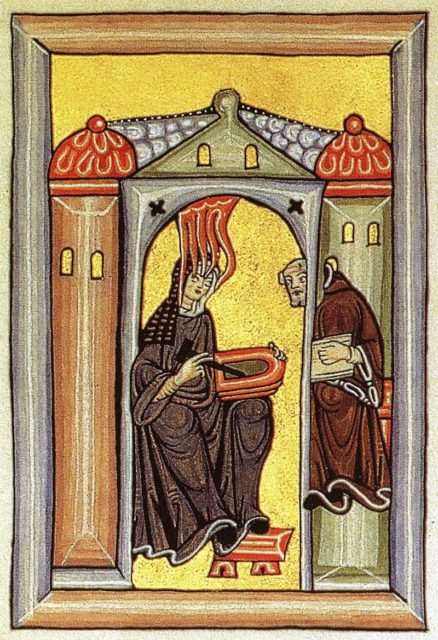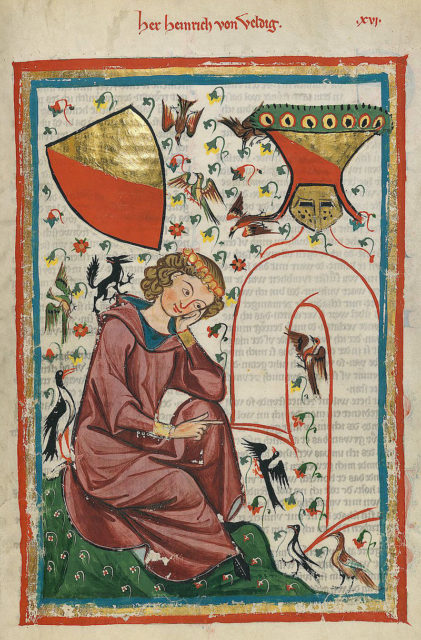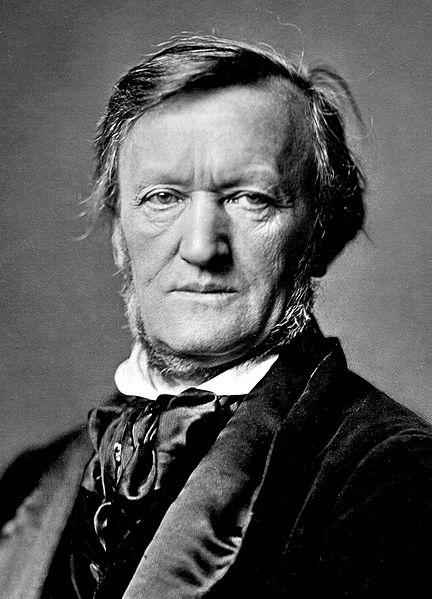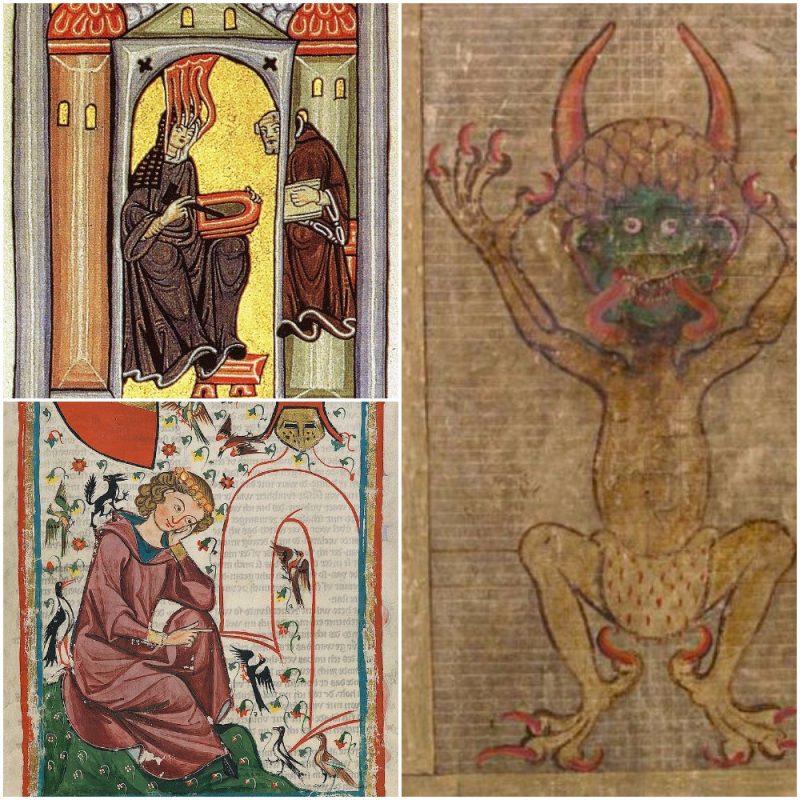In music theory, the tritone is strictly defined as a musical interval composed of three adjacent whole tones. One specific type of tritone, known as “the augmented fourth interval” or the Tritonus, spans across three whole steps in the scale and is one of the most dissonant musical intervals.
Before the emergence of major and minor scales, the interval was considered so unnatural and discordant that it was named the “Diabolus in Musica”, literally “the Devil in Music”, the Devil’s interval.
Nowadays the augmented fourth interval can be heard in all kinds of songs in every possible genre of music. It was one of the hallmarks of the 1940’s and 1950’s jazz, it can be heard in The Simpsons theme song, the South Park theme song, West Side Story’s “Maria” and Jimi Hendrix’ “Purple Haze”. Also, because of the interval’s infamous connection with the Devil, the interval is widely employed by many rock and metal bands.

While there is no official record of the interval being forbidden by the religious authorities of the time, the reasons for its notoriety are quite understandable. The tritone’s infamy dates back to the 9th century, when it was deemed to dissonant to become a part of any composition. From then on, Medieval composers like Hildegard of Bingen, Chretien de Troyes and Heinrich van Vedelke were discouraged from using it, as they were supposed to follow strict rules of writing music. These rules were not difficult to enforce, as various Christian faiths have either produced or influenced the production of all music of the Western cannon.


Although the name “Diabolus in Musica” is to be taken allegorically as a description of dissonance and music not following the natural order, some people throughout history undoubtedly believed that the interval was the Devil’s literal home in the world of music.
Read another story from us: The chilling legend of the Jersey Devil
Early classical music functioned well without the Devil’s interval, but the classical music of the 19th and the 20th century perfected it and popularized its usage. It was widely used by Beethoven and Wagner, and some of the greatest musical composition, like Wagner’s “Gotterdammerung” wouldn’t be same without it. However, a part of its initial infamy remains, as It is always used to evoke a sinister atmosphere of mystery, magic and myth.
